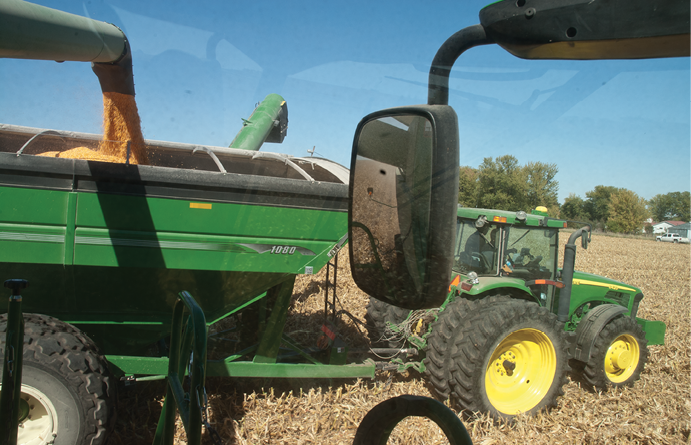No-Till Farmer
Get full access NOW to the most comprehensive, powerful and easy-to-use online resource for no-tillage practices. Just one good idea will pay for your subscription hundreds of times over.

Most no-tillers will agree that no-till saved considerable moisture last summer when compared to their neighbors using more intensive tillage systems. For many, the extra moisture resulted in higher yields and income in a growing season that was far from ideal.
But switching to no-till simply because of the drought is not the way to go. There are better reasons to no-till.

Since many folks compared last summer’s drought to what happened in 1988, we looked back at some of the earlier theories being tossed around in regard to available moisture and no-till. In an article from 2002 that we came across, Dwayne Beck pointed out that while no-till can more effectively utilize available moisture, its advantage over more intensive tillage systems tends to dwindle during a drought year.
The agronomist at the Dakota Lakes Research Farm in Pierre, S.D., maintains trying to overcome a drought is definitely the wrong reason to start no-tilling. His research work indicates that no-till returns more profit in normal years or in years that are slightly drier or wetter than normal. When dealing with extraordinary dry or wet conditions, he believes your best bet is investing in crop insurance.
“If you’re doing it right, no-till will not protect you against an extraordinarily dry year,” he says. “If that’s why you’re no-tilling, you’re not taking full advantage of the practice in the other years.”
While no-till definitely saves moisture, it’s only a benefit if you figure out how to use that…